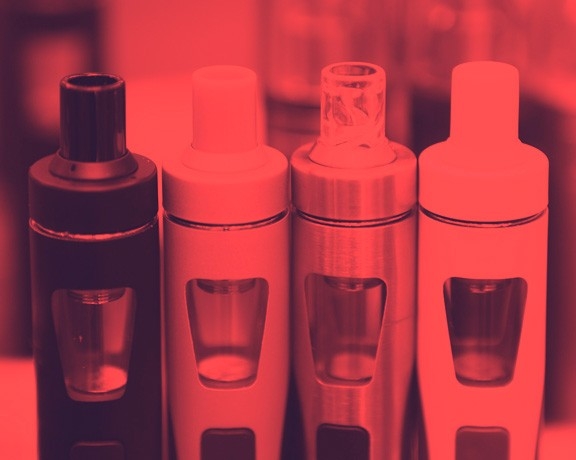article
Health Canada should thank business for great smoking news
This article was originally published in The Financial Post.
Vaping's success has lowered smoking rates. Instead of celebrating, the health lobby wants to discourage maybe the best quitting device ever.
In Ode to a Nightingale, John Keats described how “but to think is to be full of sorrow/And leaden-eyed despairs.” Such pervasive, perpetual gloominess sounds exactly like Canadian health officials contemplating the latest statistics on smoking, which are in fact spectacularly good news. Smoking has not yet been fully extinguished, but millions or smokers have quit and switched to lower-risk products. Yet “woe is us!” groan the officials.
To be precise, Statistics Canada surveys indicate that between 2017 and 2022 the smoking rate fell by just over four percentage points of the population while the vaping rate increased by three. About a million Canadians changed their nicotine status in a mere four years. Daily smoking among teens is now less than one per cent. That is not a typo: yes, less than one per cent. In all likelihood, the number of smokers is down another couple of hundred thousand since 2022, which means smokers now out-number vapers by less than two to one — and falling. Let’s raise our glass to that, if the alcohol ascetics will permit.
This rapid and unprecedented decline in smoking has brought no joy to anti-nicotine purists. Ottawa’s medium-term goal is at most a five per cent smoking rate by 2035, but self-styled health groups want to obliterate all nicotine use, not just cigarettes, regardless of the relative harm associated with each product. Until nicotine is banished the purists will continue in “leaden-eyed despair.” Driven by these interests, Ottawa and the provincial capitals have done their utmost to prevent the substitution of low-risk nicotine products for cigarettes.
Primarily, it is the private sector that continues the fight for consumer and citizen sovereignty. A handful of e-juice producers and importers and a thousand-plus vape shops, most run by small entrepreneurs, have given the Canadian public what it wanted: nicotine in a non-lethal, non-combusted format. This sector of the economy is responsible for one of the great improvements in health in the modern era. The decline in smoking brought about in the past few years should reduce tobacco-related deaths by several thousand persons per year down the road.

Even Big Tobacco has come to the party, with vapes, heated tobacco products and pouches. JUUL, a true innovator in the vape space, foundered on stupidity. But VUSE, STLTH and VEEV vapes are available in gas stations and convenience stores, giving smokers an alternative. The leading heat-not-burn product, IQOS, is enjoying major success worldwide. In several European cities it accounts for a third of the nicotine market, and in Japan its introduction coincided with a decline in cigarette sales of about 50 per cent over an eight-year period.
Oral nicotine pouches are also on the market now, the most well-known being Zonnic — a tobaccoless product made from synthetic nicotine and vegetable matter. Unfortunately, it was launched ham-handedly: its ads showed young adults having a fun time on nicotine, which gave the federal health minister at the time all he needed to consign pouches to pharmacies. Our lowest toxin nicotine product is now the hardest to access. Thank your federal government for that.
In response to the hugely positive downward trend of tobacco use, the Brahmins in Ottawa have decreed that under the Tobacco and Vaping Products Act implementation a vendor can be prosecuted for telling a buyer what the U.K.’s Royal College of Physicians has said for a decade: that vapes carry about five per cent of the risk of combustibles. They have also decreed that buyers may purchase only low-nicotine vapes and that low-risk products must be in plain packaging and out of sight lest smokers see them. At the same time, just about every medical group in Canada continues to wage war on the greatest quitting device ever invented.
The provinces are no better. Most disfavour reduced-harm products, some avidly so. The most strident are British Columbia and Quebec, whose restrictions run to volumes. Of course, these two provinces also have the highest rate of alcohol-use in Canada. The oenophiles in Quebec City and West Van elect governments that are high on alcohol, but low on harm reduction from tobacco. The contradiction isn’t a mystery. Smoking is a lower-class thing for the stressed, the mentally ill and others who seldom are members of wine-tasting groups in Outremont.
So let us celebrate the private sector. It has stepped up and continues to fight on difficult terrain, while governments and the privileged slouch only grudgingly and reluctantly to a new and better reality.
Ian Irvine, an economics professor at Concordia University, has worked as a consultant to both the private sector and the federal government on alcohol and tobacco. Some of his recent research has been funded by Global Action to End Smoking.

